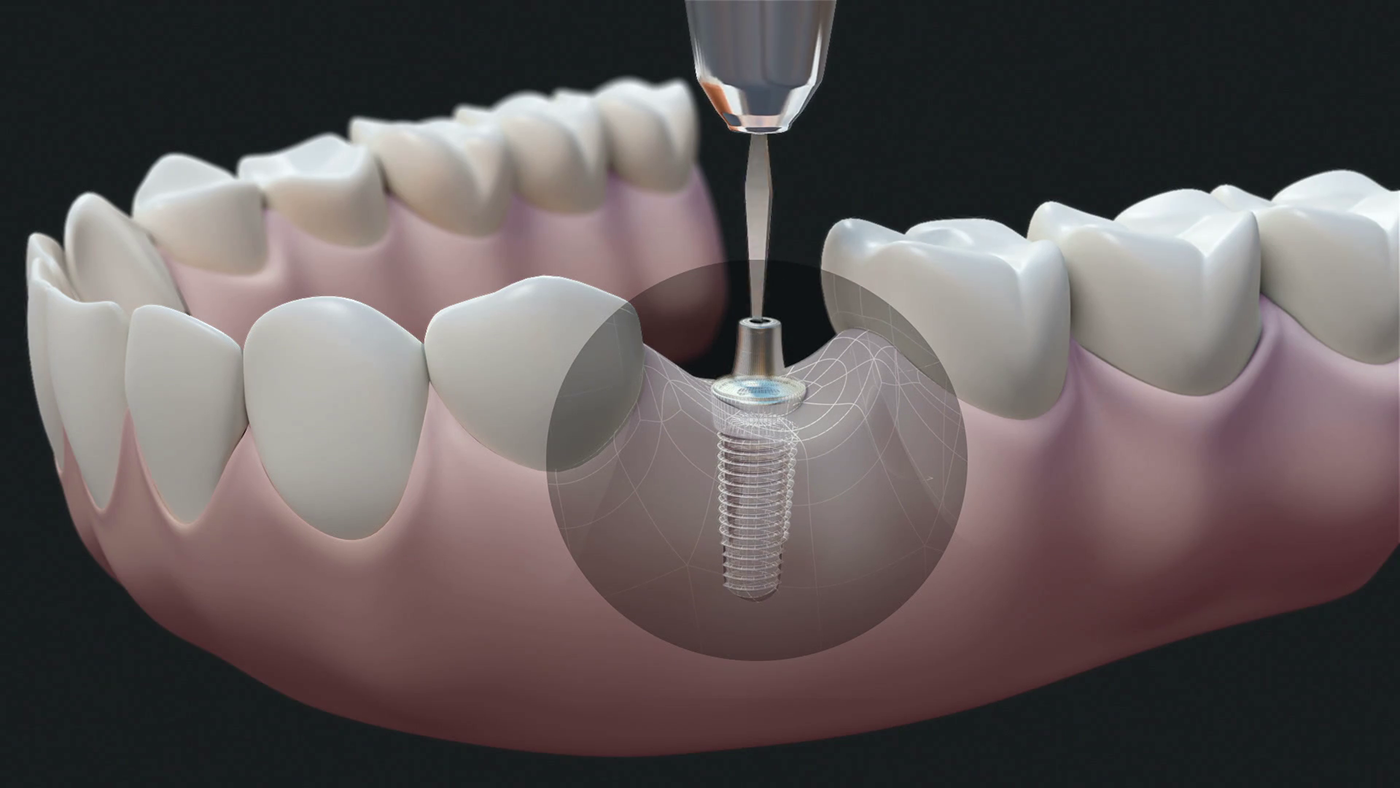Implant Dentistry 101

While keeping your teeth is something that should be expected, there are about 8 million people who are missing all of their teeth, either in the upper or lower jaw. While conventional partial dentures may work, they can be hard to wear, are hard to chew with, and generally can fall out of place. But, dental implants are the way teeth will be changed since they can improve the quality of your life by improving the way you chew, and how you smile. You can get the benefits of teeth with dental implants.
These were originally discovered by a Swedish researcher who saw that you can bond bone with titanium, and it was called bone-implant interface osseointegration, which was the beginning of it. It was then in 1982 when it was tried out, and it created a 91 percent success rate to the lower jaw over the 15 years. It was then improved to 96 percent.
However, despite their success rate, they do have a few factors that you need to consider. You need to use low-speed trills with this, and you need to do this a lot. The patient needs to have the correct quality and content in their mouths in order to stabilize these. The patient needs to have 8mm of bone and 6 mm of bone width in order to perform this. You can get bone that is in the lower jaw if needed, or you can also harvest bone from cadavers or even bovine bone.

Usually, the doctors need to look at the medical history and do a clinical exam with the patient, and usually, if there are problems that can affect the implants, such as diabetes, liver disease, or even a severe bleeding disorder, they’re not a candidate for implants.
Usually, the exam also looks at bone quantity along with quality, and the type of opposing detention, and the tissue type. From there, a radiographic exam is performed, and from there a panoramic film along with a cone beam is used to decide where the implants need to be placed.
From here, once the exam is done, the surgical guide is made for the placement of these implants, and antibiotics are given an hour before the surgery. You can do this with either local anesthetic or IV sedation.
From this point, the incisions are made in the area where the teeth are missing, and then the flap is opened. From there, the bone is prepared using drill bits and a handpiece, and from there, it’s prepared to be as long or as wide as needed. Then, the implant is put in there, and it’s made of titanium on a surface that is rough. From there, the implant is then screwed into the preparation, and if you notice that the path doesn't’ have the bone there, the dentist may use a bone graft in order to grow the bone. From there, the tissue flap is replaced and then stitched. The implant must be in that place for minimally 4-6 months in an undisturbed fashion in order to get osseointegration to happen. During the healing process, the patient can still wear their dentures as needed, but once it’s osseointegrated, the teeth can be put in.

Usually, the maintenance process is actually not that hard to do. But, you need to do it, since these can also develop gingivitis, along with bone loss. So you need to take care of them just like with natural teeth. You should make sure that you also take the time to choose the right implant. don’t get something that is “immediate” if you can’t handle immediate in your mouth. The success of this is actually something that you need to watch out for, and always make sure that you visit the dentist twice a year to get checked and cleaned up.
To get these, you need to find a maxillofacial surgeon or periodontists who can help with this. Usually, the cost is anywhere from 1800-2200 dollars, usually not covering the crown costs, or bone grafting. You can make sure as well at this point that you get an implant that is reliable so that it stays in for a while.
